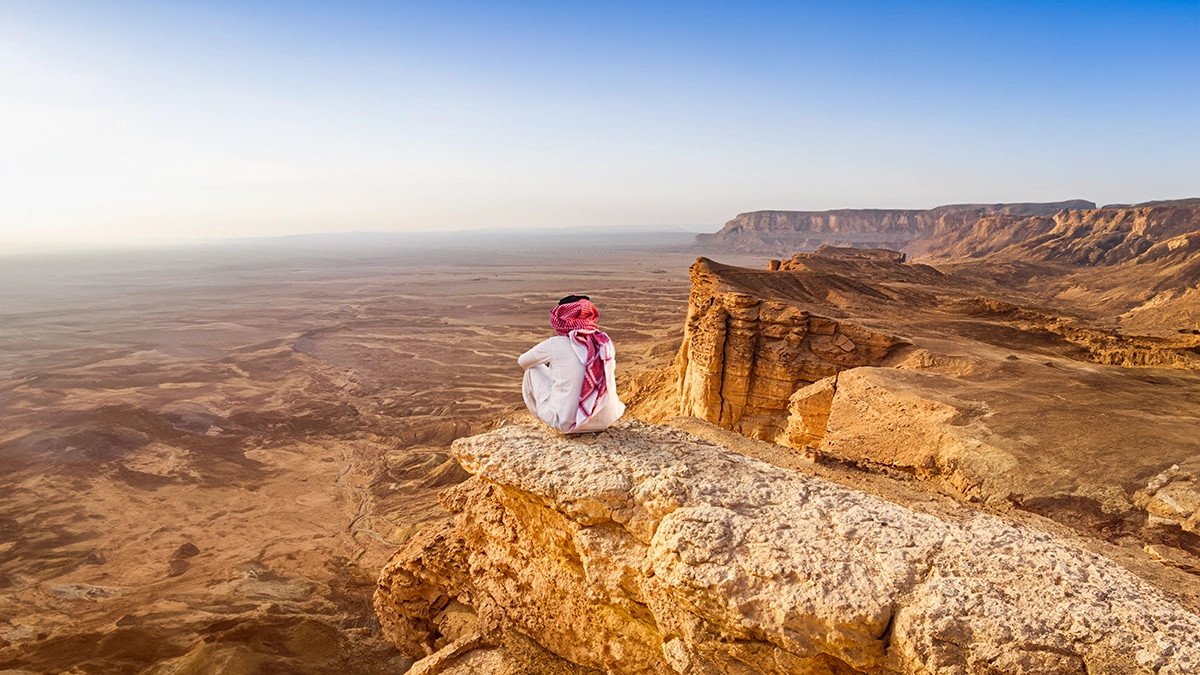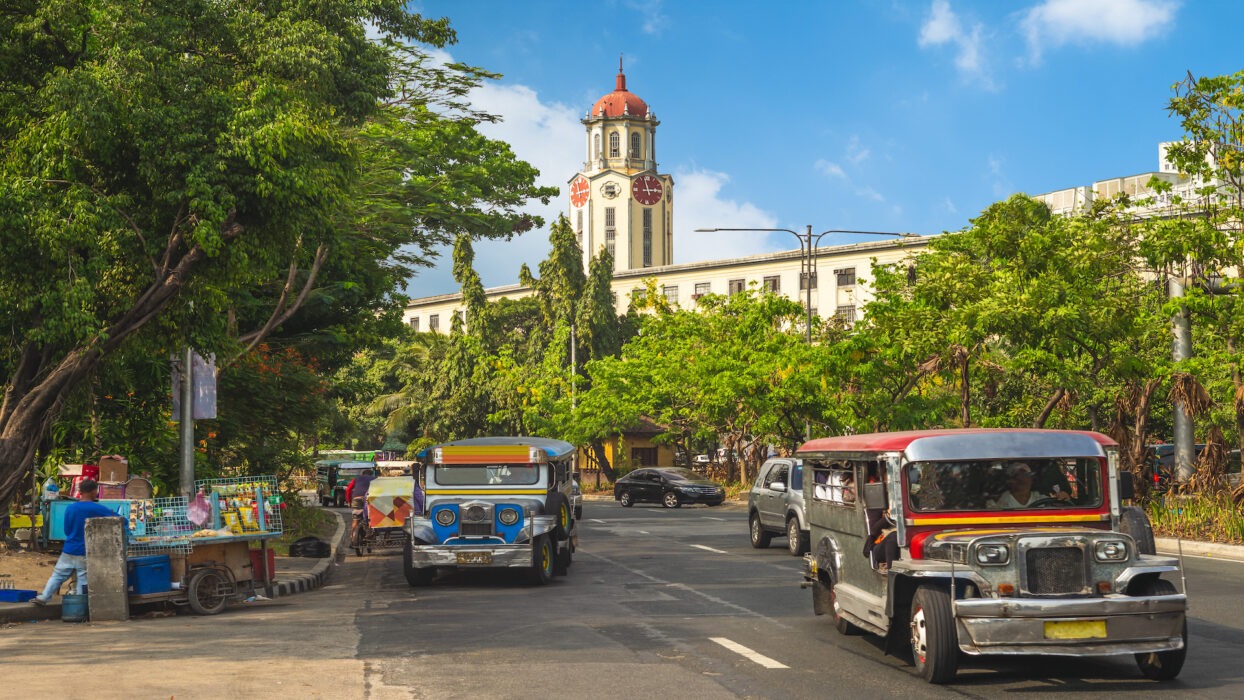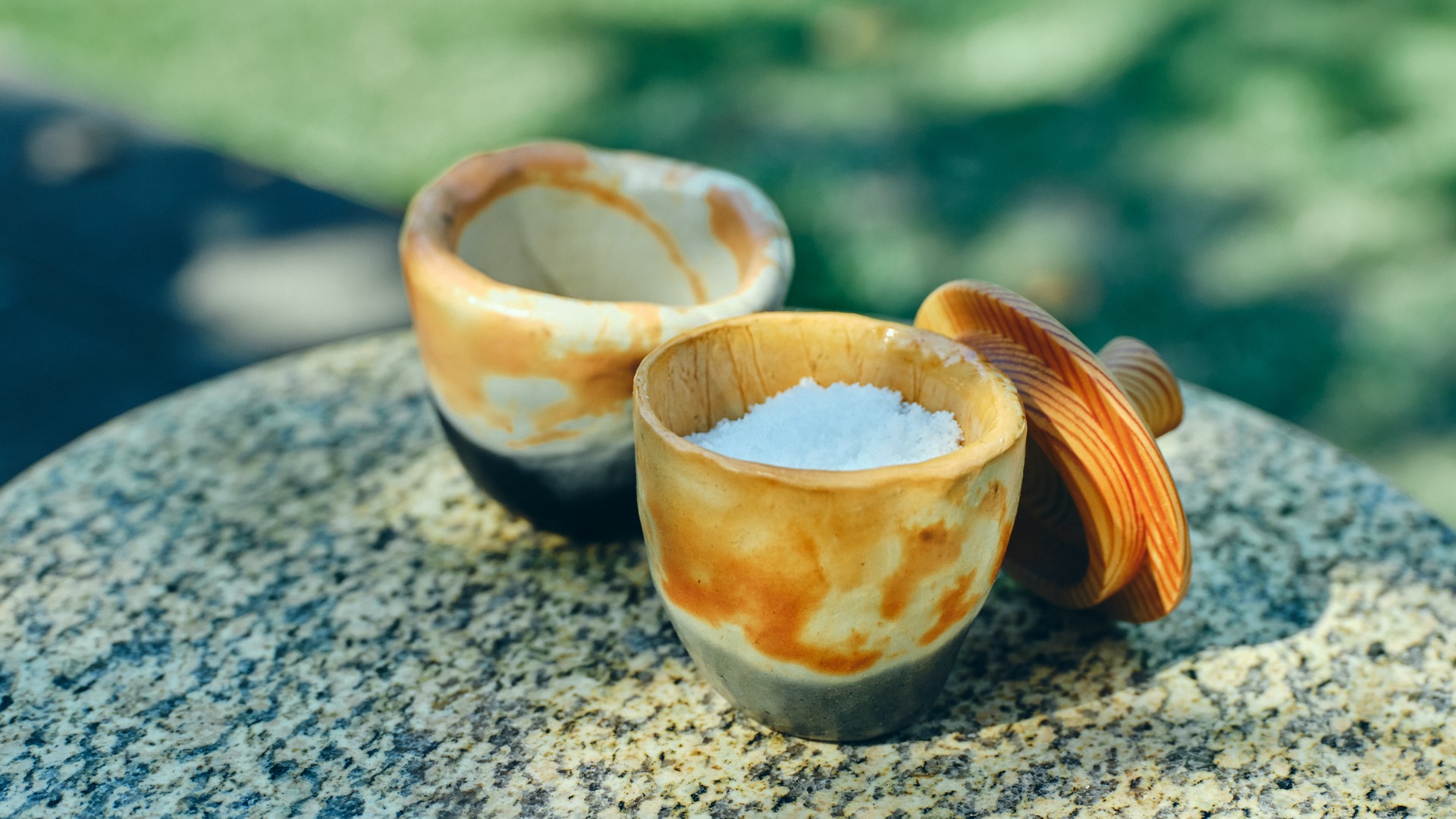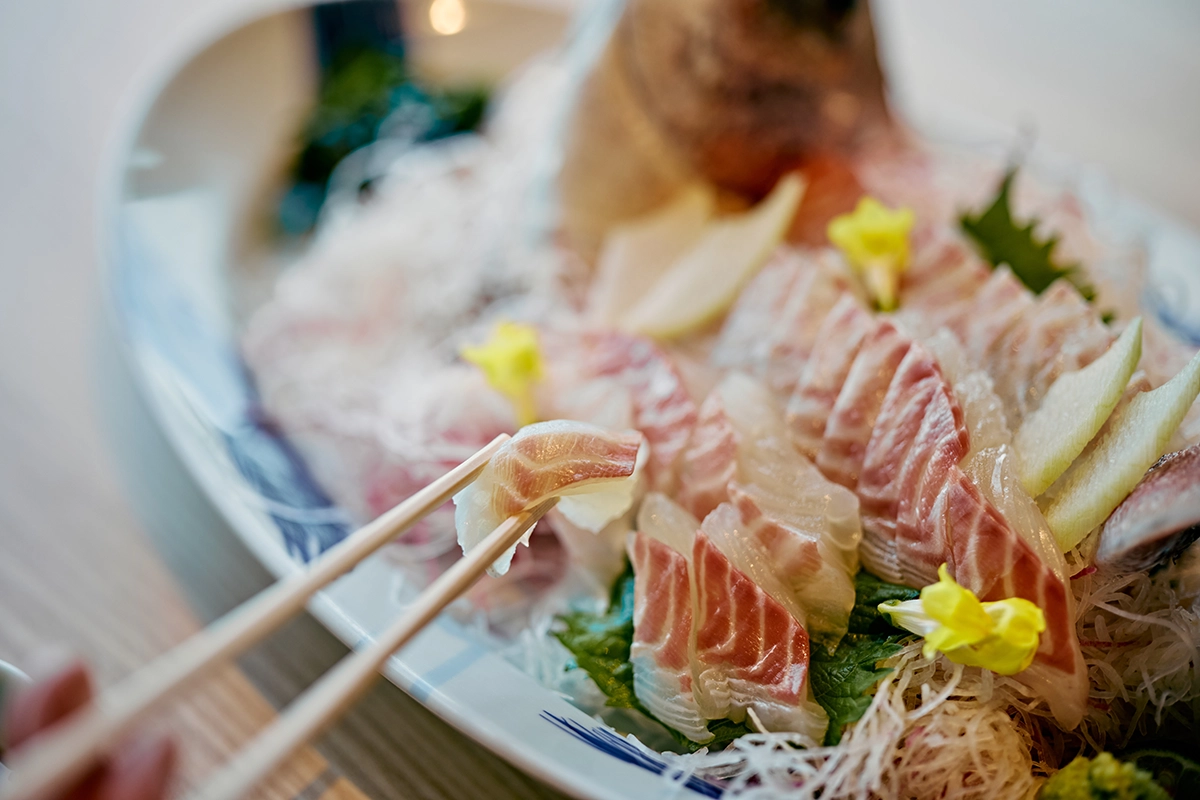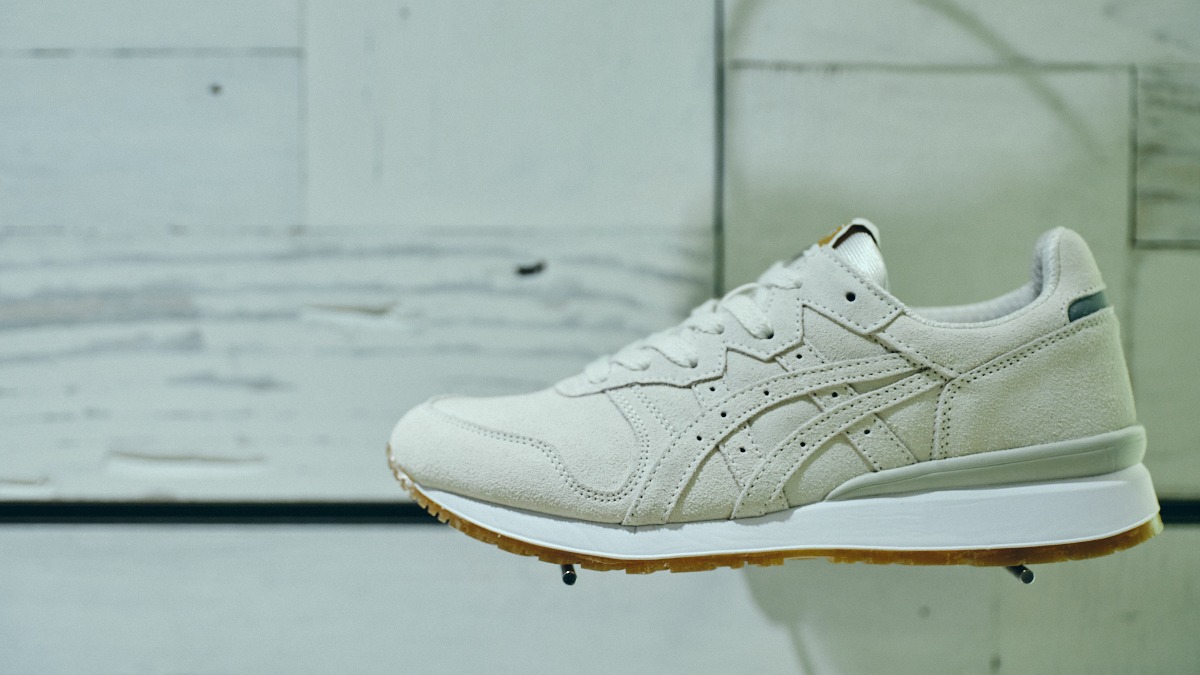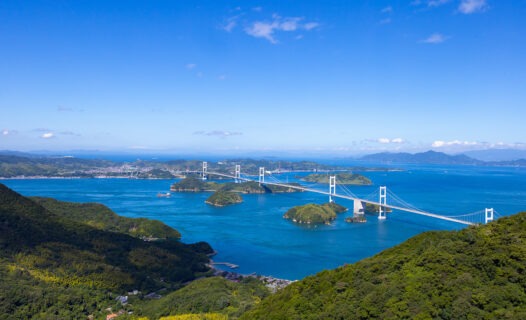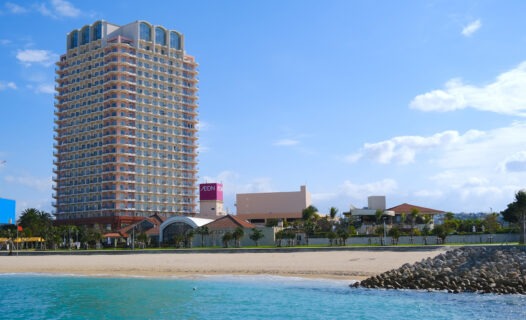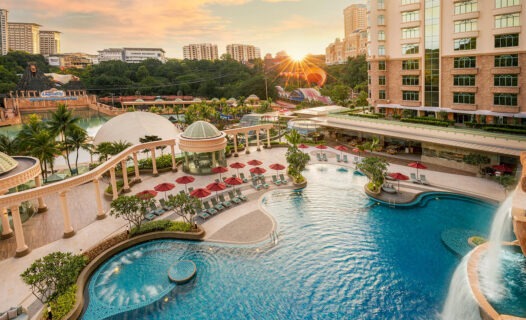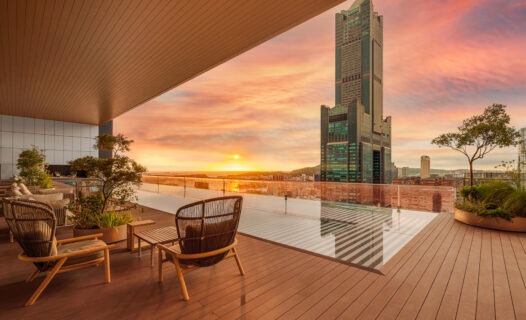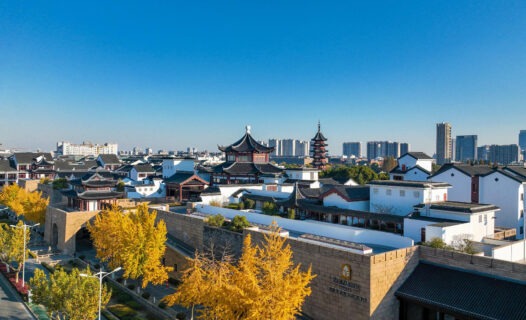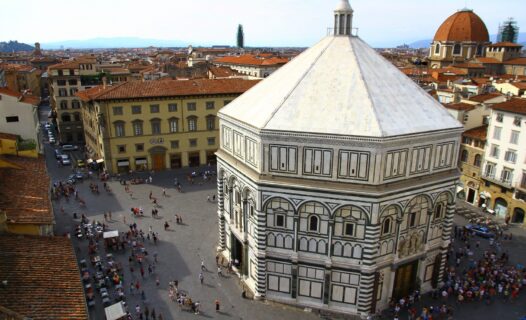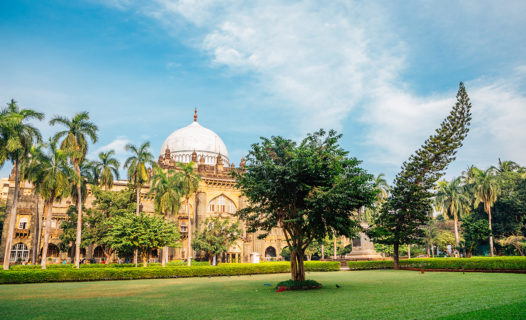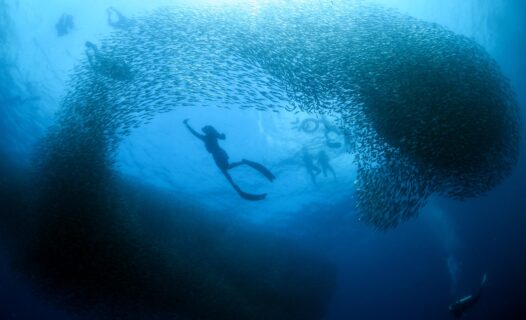Welcome to the Philippines: Your Ultimate Island-Hopping Playground!
Picture this: sun-kissed beaches, crystal-clear waters, and a kaleidoscope of vibrant cultures waiting to be explored. Welcome to the Philippines, a tropical paradise that’s a dream come true for island-hopping enthusiasts! With over 7,000 islands, each boasting its own unique charm and beauty, this archipelago is not just a travel destination; it’s an adventure waiting to happen.
As you plan your getaway, you’ll discover that the Philippines is not only famous for its stunning landscapes but also for its lively summer festivals that celebrate local traditions and cultures. From the rhythmic beats of street parades to mouthwatering local delicacies, these festivals are a feast for the senses. Whether you’re lounging on the iconic shores of Boracay or uncovering hidden gems like Siquijor, the Philippines has something for everyone.
If you’re ready to soak up the sun and create unforgettable memories, keep reading! We’ll take you on a journey through the best islands for island hopping in the Philippines, highlight must-see summer festivals, and reveal some hidden treasures that will make your trip truly special.
Discovering the Best Islands for Island Hopping Adventures
Let’s get down to the fun part—exploring the stunning islands that make the Philippines a top-tier island-hopping destination! Whether you’re after the iconic hotspots or looking to uncover lesser-known locales, there’s no shortage of breathtaking views and thrilling activities. Here’s a sneak peek at what awaits you!
Iconic Islands: Boracay, Palawan, and Cebu
Boracay is arguably the crown jewel of the Philippines, famous for its powdery white sands and vibrant nightlife. This island is a playground for beach lovers, offering everything from thrilling water sports to serene sunset views. Don’t miss the chance to sip on a refreshing cocktail while lounging on White Beach—it’s an experience you won’t forget!
Next up is Palawan, often dubbed the “last frontier” of the Philippines. Home to the stunning Puerto Princesa Subterranean River, a UNESCO World Heritage Site, Palawan is a nature lover’s paradise. Snorkel in the crystal-clear waters of El Nido or take a boat tour through the mesmerizing lagoons of Coron. The natural beauty here is simply unparalleled!
Then there’s Cebu, a blend of urban appeal and natural wonders. Known for its rich history and stunning waterfalls, Cebu offers a bit of everything. Explore the historical sites in Cebu City, then head to Kawasan Falls for a refreshing swim. Don’t forget to try the local delicacy, lechon—it’s a culinary experience you won’t want to miss!
Hidden Gems: Tawi-Tawi, Port Barton, and Siquijor
Now, let’s venture off the beaten path and discover some hidden gems that promise a more tranquil experience. Tawi-Tawi is a remote paradise that boasts stunning beaches and rich cultural heritage. Here, you can immerse yourself in local traditions and enjoy the serene beauty of the islands. The untouched landscapes make it a perfect escape from the crowds.
Port Barton is another lesser-known treasure, located in Palawan. This quaint fishing village is ideal for those seeking a laid-back atmosphere. With its pristine beaches and friendly locals, Port Barton is perfect for relaxing and enjoying the beauty of nature. Grab a kayak and explore the nearby islands at your own pace!
Lastly, Siquijor, often shrouded in mystery, is known for its enchanting waterfalls and vibrant marine life. This island is perfect for adventure seekers and those looking to unwind. Explore the stunning Cambugahay Falls or take a dip in the natural spring pools. The island’s mystical charm will leave you captivated!
These islands are just a glimpse of the incredible experiences awaiting you in the Philippines. For more in-depth insights, check out our Ultimate Travel Guide to the Philippines.
Cultural Festivals in the Philippines: A Celebration of Life and Tradition
What better way to immerse yourself in the local culture than by participating in the best summer festivals in the Philippines? Each festival is a vibrant celebration of life, showcasing the unique traditions and rich history of the islands. Get ready to dance, feast, and enjoy the local hospitality!
Festivals to Experience: Ati-Atihan, Pahiyas, and Kadayawan
The Ati-Atihan Festival in Kalibo, Aklan, is one of the most famous festivals in the country. Celebrated in January, this festival honors the Santo Niño and features colorful parades, traditional music, and lively street dancing. Participants paint their faces with black soot and don vibrant costumes, creating an electrifying atmosphere that’s hard to resist!
Next, head to the Pahiyas Festival in Lucban, Quezon, celebrated every May. This unique festival showcases the locals’ creativity as they decorate their homes with colorful rice wafers and agricultural products. The vibrant displays make for a stunning visual feast, and you can enjoy local delicacies while soaking in the festive spirit.
If you find yourself in Davao during August, don’t miss the Kadayawan Festival. This week-long celebration highlights the rich cultural heritage of the indigenous people of Davao. With street dancing, floral floats, and a grand display of local produce, Kadayawan is a delightful way to experience the warmth and hospitality of the Filipino people.
Unique Local Events: Festivals Tied to Specific Islands
Beyond the well-known festivals, many islands host unique local events that are equally captivating. For instance, the Sandugo Festival in Bohol celebrates the blood compact between Spanish explorer Miguel Lopez de Legazpi and Datu Sikatuna, a local chieftain. This festival features street dancing, cultural shows, and a showcase of local products.
In the charming island of Siquijor, the Healing Festival is celebrated, highlighting the island’s reputation for traditional healing practices. Visitors can participate in wellness activities, try herbal remedies, and learn about the island’s unique healing culture.
Each festival offers a glimpse into the rich tapestry of Filipino culture and is an experience you won’t want to miss. For more details on these vibrant celebrations, check out our guide on Discover Famous Festivals and Culture in the Philippines.
Crafting Your Perfect Island Hopping Itinerary
Now that you’ve got the scoop on the best islands and festivals, let’s put together an unforgettable itinerary for your island-hopping adventure in the Philippines! With so much to see and do, having a plan will help you make the most of your time under the sun. Here’s a sample 7-day itinerary that combines beach relaxation, cultural immersion, and exciting activities.
Sample Itinerary: 7-Day Island Hopping Adventure
Day 1: Arrival in Manila
Kick off your adventure in the bustling capital, Manila! After checking into your hotel, explore the historic Intramuros district, where you can visit Fort Santiago and San Agustin Church. Treat yourself to a delicious dinner at a local restaurant and get a good night’s sleep before your island-hopping begins!
Day 2: Fly to Cebu
Catch an early flight to Cebu. Spend the day visiting historical sites like Magellan’s Cross and the Basilica del Santo Niño. In the afternoon, make your way to Kawasan Falls for a refreshing swim. Cap off the day with a feast of Cebu’s famous lechon!
Day 3: Island Hopping in Moalboal
Get ready for some fun in the sun! Join an island-hopping tour to Pescador Island, where you can snorkel with colorful fish and maybe even spot a sea turtle. Don’t forget to take a dip in the stunning Sardine Run—it’s a sight you won’t want to miss!
Day 4: Fly to Palawan
Next stop: Palawan! Fly to Puerto Princesa and head straight to the Puerto Princesa Subterranean River National Park. Take a guided boat tour through the underground river, a UNESCO World Heritage Site. Spend the night in Puerto Princesa and prepare for more adventures!
Day 5: El Nido Adventure
Travel to El Nido, where the real magic happens. Join an island-hopping tour to explore the beautiful lagoons and hidden beaches. Snorkel in the crystal-clear waters and enjoy a beach picnic. Don’t forget your camera—the views here are postcard-perfect!
Day 6: Relax in Siquijor
Take a ferry to Siquijor, known for its enchanting beauty. Spend the day visiting Cambugahay Falls and the natural spring pools. Enjoy a peaceful evening watching the sunset on the beach. Siquijor is perfect for relaxation and a bit of adventure!
Day 7: Return to Manila
On your final day, head back to Manila. If time permits, do some last-minute shopping at Greenhills or enjoy a leisurely stroll at Rizal Park. Savor your final Filipino meal before heading to the airport for your departure.
This itinerary is just a suggestion, and you can mix and match according to your interests. Be sure to check the festival dates to align your travel plans with the vibrant celebrations happening around the islands!
Hidden Gems: Off-the-Beaten-Path Islands to Explore
While the popular islands are undeniably stunning, the Philippines is also home to some hidden gems that promise unique adventures away from the crowds. Let’s uncover these lesser-known islands that are just waiting to be explored!
Must-Visit Hidden Islands: Malapascua, Calaguas, and Marinduque
Malapascua is a diver’s paradise, famous for its thresher sharks and vibrant coral reefs. Located just off the coast of Cebu, this small island offers a laid-back vibe and pristine beaches. Spend your days diving or snorkeling, and your evenings relaxing in a beachside hammock while watching the sunset.
Calaguas is a hidden treasure in Camarines Norte, known for its powdery white sands and crystal-clear waters. With fewer tourists, you can enjoy the serene beauty and tranquility of the beach. Camping on the beach under the stars is a must-do here—it’s an experience you’ll cherish forever!
Marinduque, often overlooked by travelers, is rich in culture and natural beauty. Visit during the Moriones Festival in April, where locals don colorful masks and costumes. Explore the island’s stunning beaches and lush landscapes, and don’t miss the chance to visit the famous Boac Cathedral.
These hidden gems offer a different perspective of the Philippines, showcasing the country’s diverse beauty and culture. Don’t be afraid to venture off the beaten path and discover the magic that awaits!
Culinary Delights: Savoring Local Cuisine While Island Hopping
No trip to the Philippines is complete without indulging in the delectable local cuisine! Each island offers its own unique flavors and dishes that reflect the rich culinary heritage of the country. Here’s a guide to some must-try dishes and the best spots to enjoy them.
Must-Try Dishes: Adobo, Sinigang, and Fresh Seafood
Adobo is the unofficial national dish of the Philippines. This savory stew made with chicken or pork, marinated in vinegar, soy sauce, and spices, is a must-try. You can find excellent adobo in local eateries across the islands—each family has its own secret recipe!
Sinigang is a tangy soup made with tamarind, vegetables, and meat (often pork or shrimp). It’s the perfect comfort food, especially on a rainy day. Enjoy a bowl of sinigang while taking in the views of the lush landscapes around you.
And let’s not forget about the fresh seafood! Whether you’re enjoying grilled fish on the beach or indulging in a seafood feast at a local market, the flavors of the ocean will delight your palate. Be sure to try kinilaw, a Filipino ceviche, for a refreshing treat!
Best Restaurants and Local Eateries: Recommendations for Each Island
In Cebu, head to STK ta Bay for a mouthwatering seafood feast. For a taste of traditional Filipino dishes, Casa Verde is a popular choice among locals and tourists alike.
In Palawan, don’t miss Badjao Seafront Restaurant in Puerto Princesa, where you can enjoy fresh seafood with stunning views of the bay. In El Nido, Artcafe is a favorite for its laid-back atmosphere and delicious local dishes.
In Siquijor, try Marco Polo Restaurant for its fresh catch of the day and local delicacies. Each dining experience is an opportunity to savor the flavors of the Philippines—so be adventurous and try something new!
Outdoor Sports and Activities: Adventure Awaits!
For the adventure seekers, the Philippines is a playground of outdoor activities that will get your adrenaline pumping! From water sports to land adventures, there’s something for everyone.
Water Sports: Scuba Diving, Surfing, and Paddleboarding
The Philippines is renowned for its incredible diving spots. Whether you’re a seasoned diver or a beginner, you’ll find plenty of opportunities to explore vibrant coral reefs and marine life. Malapascua is famous for its thresher shark dives, while Coron is known for its stunning shipwreck dives.
If surfing is your passion, head to Siargao, the surfing capital of the Philippines. Cloud 9 is the most famous surf break, drawing surfers from around the world. For a more relaxed experience, try paddleboarding in the calm waters of El Nido or Coron.
Land Adventures: Hiking, Zip-Lining, and Cultural Experiences
For those who prefer land adventures, the Philippines offers breathtaking hiking trails. Trek to the summit of Mount Pulag for stunning views of the sea of clouds, or explore the picturesque rice terraces of Banaue.
For a thrill, try zip-lining at Camp John Hay in Baguio or experience the adrenaline rush of canyoneering in Kawasan Falls. Each adventure brings you closer to the natural beauty of the islands and the warmth of the local culture.
Practical Information for Travelers: Tips and Essentials
Before you set off on your island-hopping adventure, here are some practical tips to ensure a smooth and enjoyable trip!
Transportation Options: Ferries, Boats, and Local Transport
Getting around the Philippines can be an adventure in itself! Ferries connect many of the islands, and you can book tickets in advance or buy them at the port. For local transport, try the colorful jeepneys or tricycles for a fun and authentic experience. Taxis and ride-hailing apps are also available in major cities.
Best Times to Visit: Seasonal Insights and Crowd Avoidance Tips
The best time to visit the Philippines is during the dry season, from November to April. This is when you’ll experience pleasant weather and sunny skies, perfect for beach hopping! To avoid crowds, consider traveling during the shoulder months of May and October. You’ll enjoy a more relaxed atmosphere while still experiencing the beauty of the islands.
Sustainability and Conservation: Traveling Responsibly in the Philippines
As you explore the beauty of the Philippines, it’s important to travel responsibly and support eco-tourism initiatives. Here are some tips to ensure your travel has a positive impact on the environment.
Eco-Friendly Activities: Sustainable Tours and Local Conservation Efforts
Many tour operators in the Philippines offer eco-friendly tours that promote sustainability and conservation. Opt for local guides who are knowledgeable about the environment and support community initiatives. Whether it’s a snorkeling tour that emphasizes reef protection or a hiking trip that respects local wildlife, your choices can make a difference!
Tips for Reducing Your Environmental Impact
Reduce plastic waste by bringing a reusable water bottle and shopping bag. Participate in beach clean-up activities when possible, and always dispose of trash properly. Respect wildlife by observing from a distance and not disturbing their habitats. Small actions can lead to big changes in preserving the natural beauty of the islands.
Frequently Asked Questions (FAQs) About Island Hopping in the Philippines
What is the best time for island hopping?
The best time for island hopping is during the dry season, from November to April. This is when the weather is most favorable for outdoor activities and beach enjoyment.
How do I book island hopping tours?
You can book island hopping tours through local travel agencies, your hotel, or online platforms. Be sure to read reviews and choose a reputable operator for the best experience.
What are the must-try local dishes?
Don’t miss out on trying adobo, sinigang, and fresh seafood. Each island has its own specialties, so be adventurous and sample local cuisine wherever you go!
Fun Facts About the Philippines: Culture and Nature
Let’s sprinkle some fun facts about the Philippines that will surely enhance your travel experience!
Unique Cultural Insights: Traditions and Customs
The Philippines is home to over 175 languages and dialects, making it one of the most linguistically diverse countries in the world. Each region has its own unique customs, festivals, and culinary delights that reflect the rich cultural heritage of the islands.
Natural Wonders: Biodiversity and Stunning Landscapes
With over 7,000 islands, the Philippines boasts an incredible range of biodiversity. It’s home to some of the world’s most beautiful beaches, lush mountains, and unique wildlife, including the endangered Philippine Eagle and the Tarsier, one of the smallest primates in the world!
Historical Context and Folklore: The Stories Behind the Islands
Every island in the Philippines has its own stories to tell, rich with history and folklore that adds depth to your travel experience.
Historical Sites to Visit: Landmarks and Their Significance
Don’t miss visiting historical landmarks like the Rizal Monument in Manila, which honors the national hero, Dr. Jose Rizal. The Banaue Rice Terraces, often referred to as the “Eighth Wonder of the World,” showcase the ingenuity of the Ifugao people and their rich agricultural heritage.
Folklore and Legends: Stories That Shape Local Culture
The Philippines is rich in folklore and legends, with tales of mythical creatures like the aswang (a shape-shifting monster) and the duwende (a mischievous dwarf). These stories are deeply ingrained in Filipino culture and often shared during festivals and gatherings.
Shopping Guide: Souvenirs and Local Crafts
What better way to remember your trip than by bringing home a piece of the Philippines? Here’s a guide to the best places to shop for souvenirs and local crafts.
Top Markets and Shops: Recommendations for Each Island
In Manila, visit Greenhills Shopping Center for a wide range of souvenirs, from pearls to handicrafts. In Cebu, the Carbon Market is a bustling place to find local products and fresh produce.
In Palawan, check out the Puerto Princesa Night Market for local crafts and street food. In Siquijor, the local markets offer unique handmade items, perfect for gifts and keepsakes!
Unique Items to Buy: Local Crafts and Traditional Products
Don’t miss out on purchasing traditional items like barong tagalog (a formal shirt), handwoven textiles, and capiz shell products. These unique items reflect the artistry and craftsmanship of the Filipino people.
Safety and Health Guidelines: Traveling Smart in the Philippines
Keeping safe and healthy while traveling is essential. Here are some tips to ensure a worry-free trip.
Health Precautions: Vaccinations and Health Resources
Before traveling, consult with your healthcare provider about recommended vaccinations. It’s also a good idea to carry a basic first-aid kit and any personal medications you may need during your trip.
Safety Tips: Staying Safe While Exploring
Stay aware of your surroundings, especially in crowded areas. Keep your belongings secure and avoid displaying valuable items. When exploring remote areas, consider traveling with a guide to ensure your safety and enhance your experience.
Seasonal Travel Insights: Best Times for Festivals and Beach Hopping
Planning your trip around festivals and beach activities can enhance your experience in the Philippines. Here’s a seasonal overview to help you choose the best time to visit.
Summer Festivals: Key Events and Dates
The summer months are filled with vibrant festivals, including the Ati-Atihan Festival in January and the Kadayawan Festival in August. Check local calendars to align your travel plans with these exciting events!
Best Beach Seasons: Weather Patterns and Crowd Management
The dry season from November to April is ideal for beach hopping, with sunny skies and calm waters. If you prefer fewer crowds, consider visiting during the shoulder months of May and October.
With this comprehensive guide, you’re now ready to explore the stunning islands of the Philippines, immerse yourself in the rich culture, and create unforgettable memories. Happy travels!
